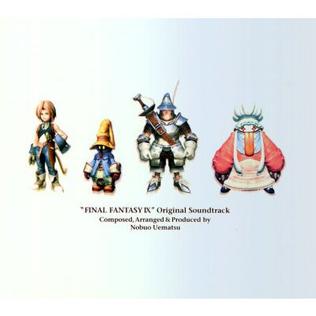OK, so it's time to reflect on the course so far and then think about what I want from it in the future. Let's break it down into modules for what I've done so far.

Drawing: I would say drawing is my strongest area. I do work hard at it, but I also really enjoy being able to just play and know that it's helping me get somewhere. I've ventured into photoshop for colouring things which I was hesitant to do before. My media usage has become a lot wider because I'm not hampered by project deadlines like I was in art college.
Hopefully in the future I'll go more into the sculpture and plastics side of things and try making some 3D characters. I think it'd help me a lot and show potential employers that I'm pretty versatile.
3D Studio Max: I've found Max pretty tricky to get to grips with, but I am learning something with every project we do. I get a little worried sometimes because it doesn't come as easily to me as it does to others in the class and because I'm not as enthusiastic about it as I could be. I think I'm afraid that I'm not good enough when really I've been progressing a lot and have a lot to show for the past year.
I think my personal confidence is what's holding me back in this module, so I need to sit down and do some tutorials on the K drive as well as some from my 3D Studio Max Bible. Quite looking forward to the group projects to see how well co-operation and management works out, as they will be important skills for the future.

Art Style Guide: I'm going to lump the schedules and specifications in here too, as it's all document management. Although a bit tedious I can see the need for these documents in the industry. I don't feel like I've had a proper crack at the specifications having seen a second year example, but I'm going to try and do them in an instructional style for the van and resubmission of the tree. Timetables I feel have gone well and I have stuck to reasonably.
Obviously there will be a lot more focus on this area next year and I feel I do need a few more goes at it before I can really say whether I know what I'm doing or not, but I don't think I have any specific problems so far.
Blogs: Some of the blog topics I have loved, some of them I have found confusing and/or hard to write about. I don't think I have trouble with the blogs, but I wouldn't say I excel at them either. I like the way that I've started using it as a more social and fun thing by posting whatever pops into my head and by adding the blog to my facebook. It makes it easier to write in.
So there we go. I'd say I'm doing pretty well, although I need to give myself a kick up the bum with regards to using Max more. Now for the future:
When I leave here I want to have a strong set of valuable skills appropriate for the games industry. I'm currently really happy that if I keep working hard in all aspects of the course that I can achieve this. I'm happy on the course and feel like I know what is expected of me and that there are achievable goals I can work towards. The only thing I would say I want from the course is more focus on 3D sculpture in the drawing classes as I feel that this could help broaden my portfolio and provide more research for the Max work. But Chris has already mentioned all this so hopefully it will be in the pipeline for next year.











